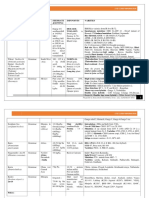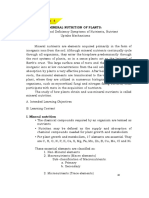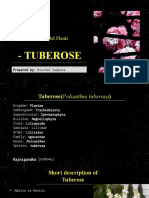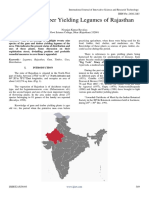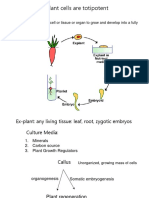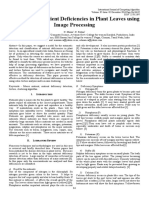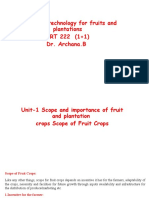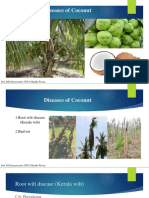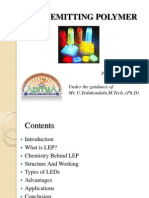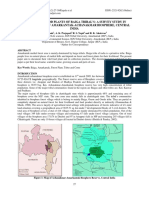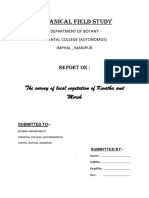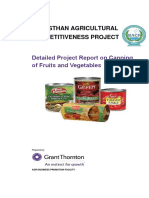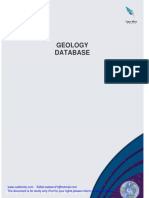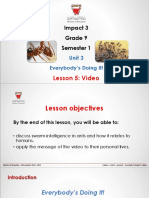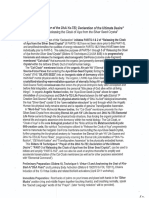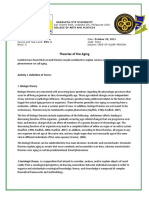0% found this document useful (0 votes)
323 views9 pagesA Tree Census Report
The document is a tree census and inventory report for a construction project site near Panvel, India. It surveyed 571 acres and counted 13053 total trees belonging to 99 species and 40 families. The site was divided into sections including orchards, forested mountainous areas, agricultural land with and without trees. Most trees were found in 138 acres of forested areas, with many native forest species identified. The report provides details on tree species, density, and distribution to inform management and mitigation planning for the construction project.
Uploaded by
Rakesh VyasCopyright
© © All Rights Reserved
We take content rights seriously. If you suspect this is your content, claim it here.
Available Formats
Download as PDF, TXT or read online on Scribd
0% found this document useful (0 votes)
323 views9 pagesA Tree Census Report
The document is a tree census and inventory report for a construction project site near Panvel, India. It surveyed 571 acres and counted 13053 total trees belonging to 99 species and 40 families. The site was divided into sections including orchards, forested mountainous areas, agricultural land with and without trees. Most trees were found in 138 acres of forested areas, with many native forest species identified. The report provides details on tree species, density, and distribution to inform management and mitigation planning for the construction project.
Uploaded by
Rakesh VyasCopyright
© © All Rights Reserved
We take content rights seriously. If you suspect this is your content, claim it here.
Available Formats
Download as PDF, TXT or read online on Scribd
/ 9


